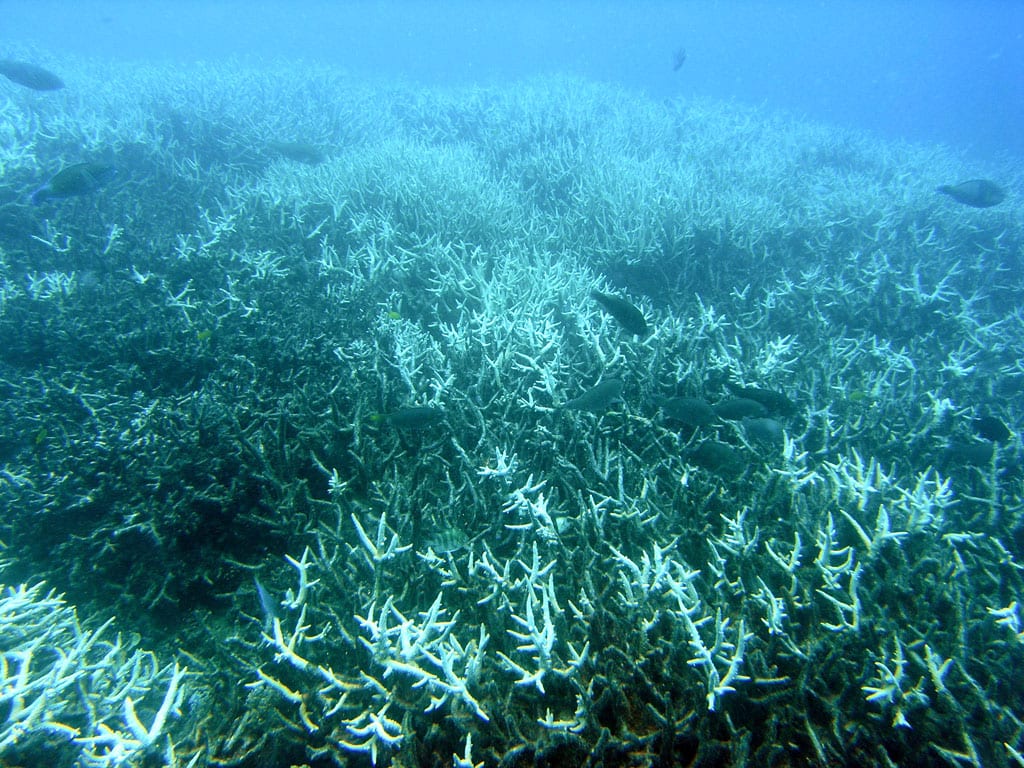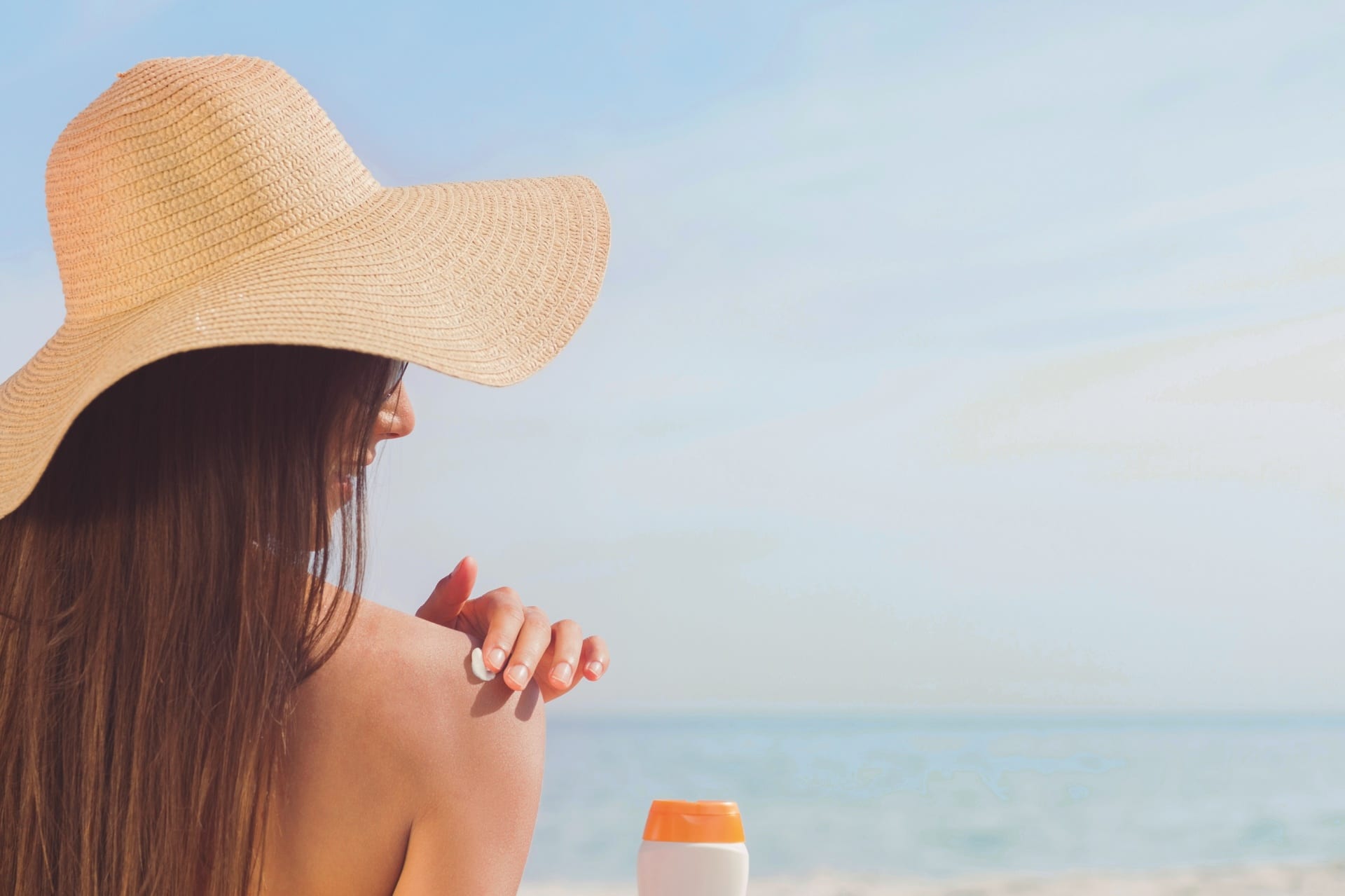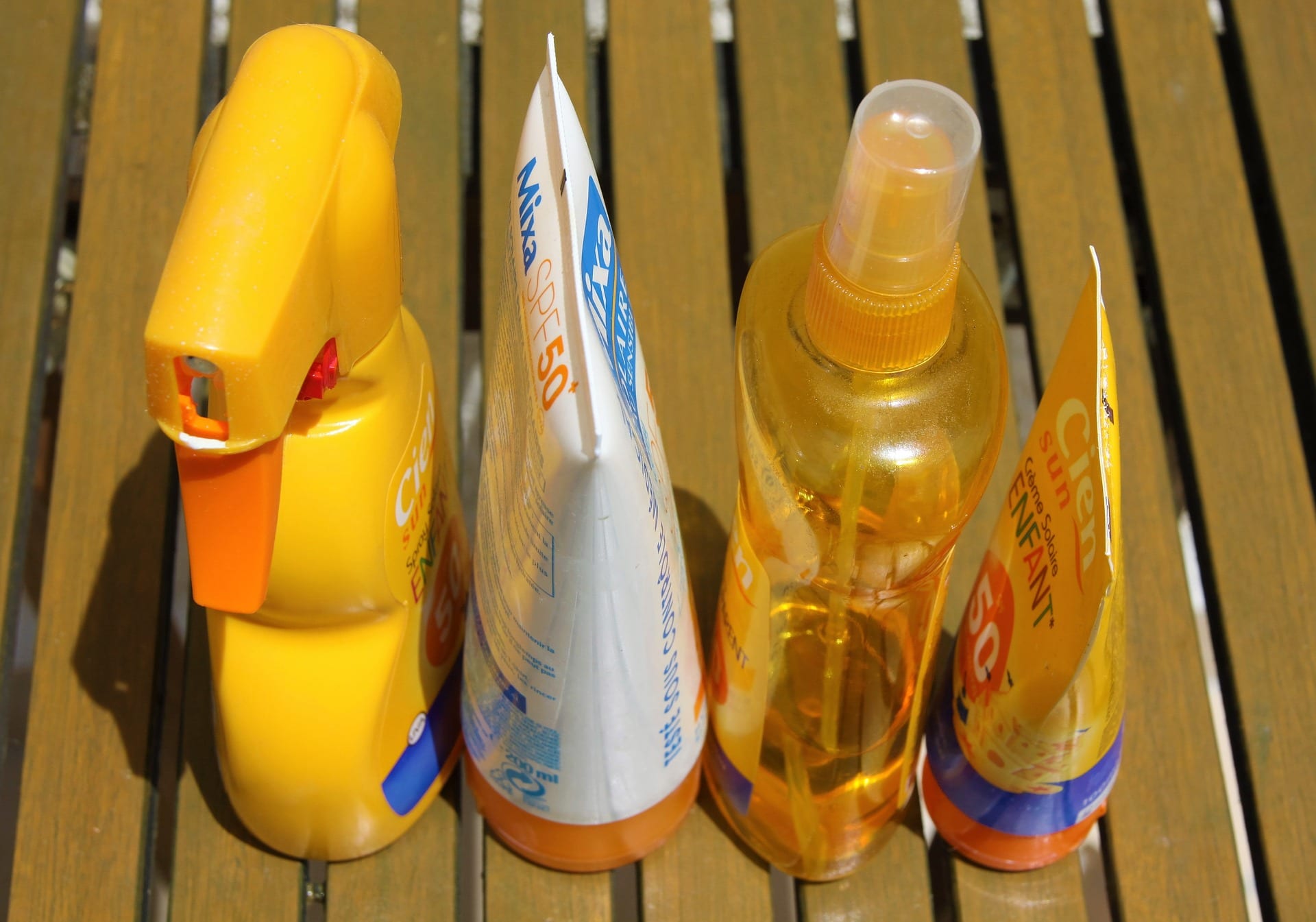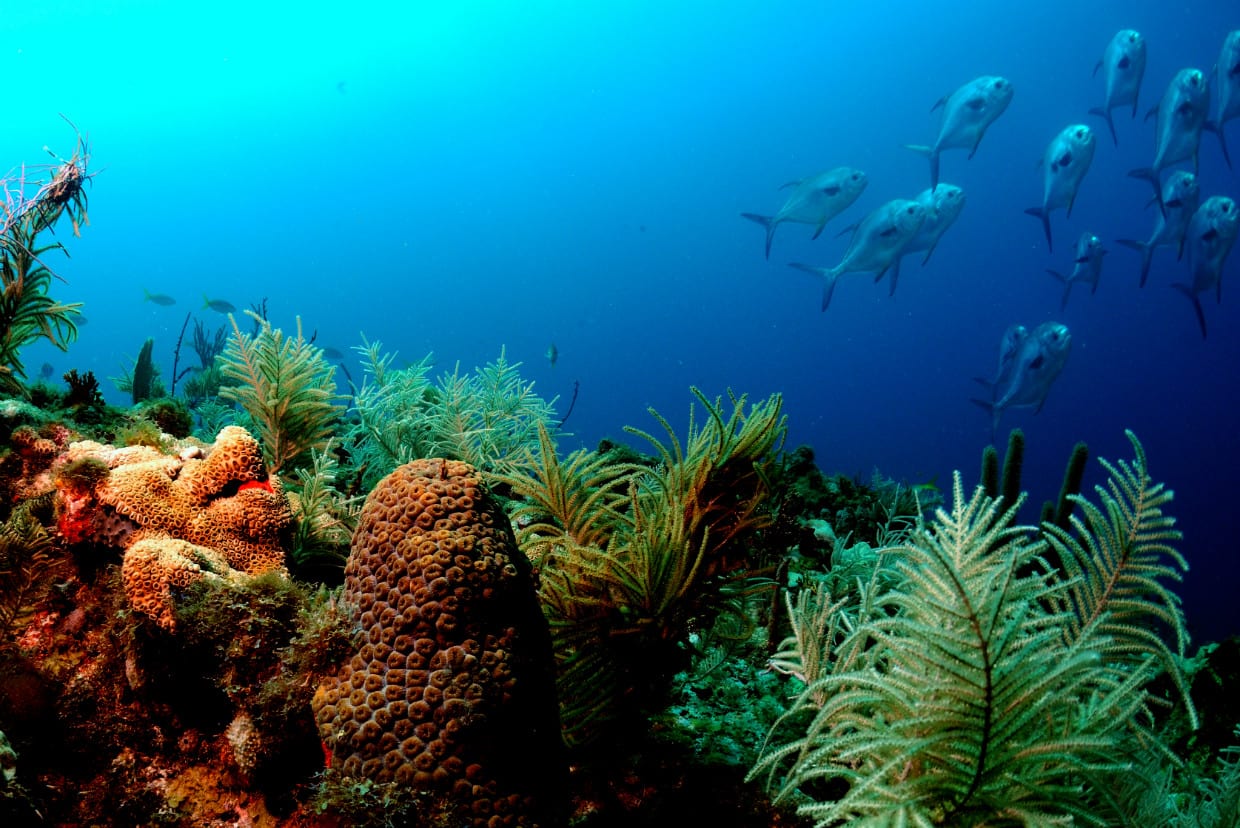If you don’t know, pumice is a volcanic rock that is light enough to float. A raft of pumice as big as Manhattan is drifting in the Pacific Ocean, and it could be bringing healing marine organisms as it heads toward the Great Barrier Reef.
The famous reef has been heavily damaged by several recent bleaching events that scientists believe were much more severe than usual because of climate change. Coral bleaching is when environmental factors like temperature stress the coral so much that it expels the algae it symbiotically cohabitates with. That algae is the coral’s food, and without it, it can’t eat. It also loses its color, which is why the phenomenon is called bleaching.
Bleaching doesn’t automatically kill coral, but it does make it very, very vulnerable, and corals often die after bleaching events.

Photo Credit: Acropora, CC BY-SA 3.0
Back to the raft!
Crabs, corals and tons of microorganisms have made their homes on the enormous pumice raft. If it reaches the reef, these animals could help replenish its loss of marine life.
The rock is from an underwater volcano that erupted near Tonga. It was discovered by Australian sailors days after the eruption, according to NASA Earth Observatory.

Photo Credit: NASA
The sailors on their way to Vanuatu on the ROAM catamaran described finding volcanic rocks in various sizes floating together. The collection of rock was so dense that it hid the ocean.
They made a video to show the phenomenon.
Pumice is filled with holes and cavities, and it floats much like icebergs – with only 10% visible on top of the water.
Over the next ten months, the pumice raft will float toward Australia’s ailing reef, hopefully bringing along a much-needed infusion of marine life.
Report of Volcanic Rubble Slick dangerous to vessels.Catamaran ROAM sailing to Fiji encountered volcanicrocks…
Posted by Sail Surf ROAM on Thursday, August 15, 2019
Queensland University of Technology professor Scott Bryan, who specializes in geology and geochemistry, estimates the rock raft is moving at a speed of six to 19 miles a day, driven primarily by ocean currents as well as waves and wind.
He has seen events like this one happening before. The beneficial part is how the trillions of pieces of rock can redistribute sea animals. However, there is also the risk of introducing invasive species to new environments.
While the crabs and other mobile animals can easily hop from the raft onto reefs and find new homes, corals have more of a challenge.

Photo Credit: Wikimedia
Coral needs to reach a reproductive age so they can spawn and release larvae into the Great Barrier Reef. If the pumice raft reaches the reef, then gets water logged enough to sink, the coral can easily begin to grow and create a new part of the reef, complete with all the animals that sank too.
Because of the marine heat waves of 2016 and 2017 and the ensuing bleaching, many of the world’s great reefs began to die; the Great Barrier Reef lost approximately half of its coral, and much more is in danger. The presence and direction of this new pumice raft is good news. Let’s hope it makes it far enough to help.
The post A Giant Raft of Pumice Floating in the Pacific Ocean Might Help Heal the Great Barrier Reef appeared first on UberFacts.


